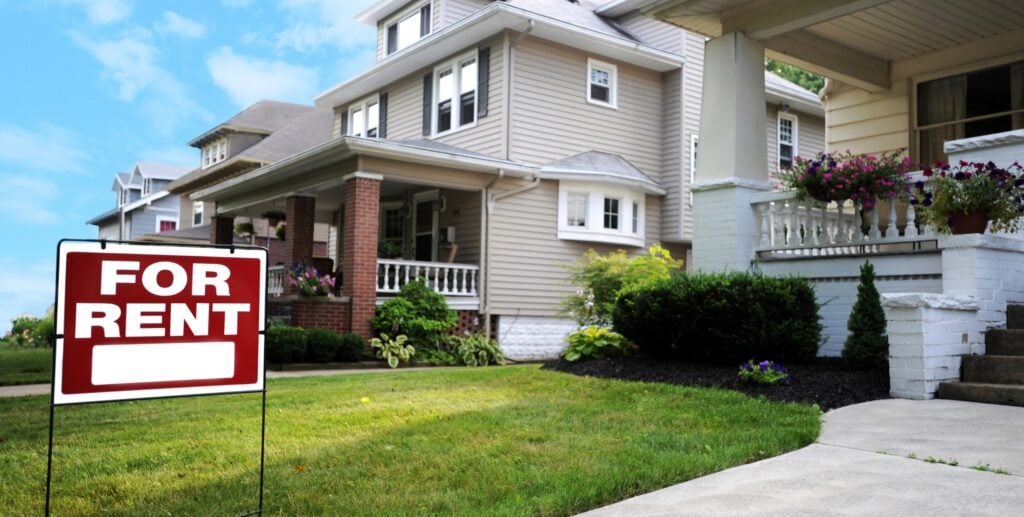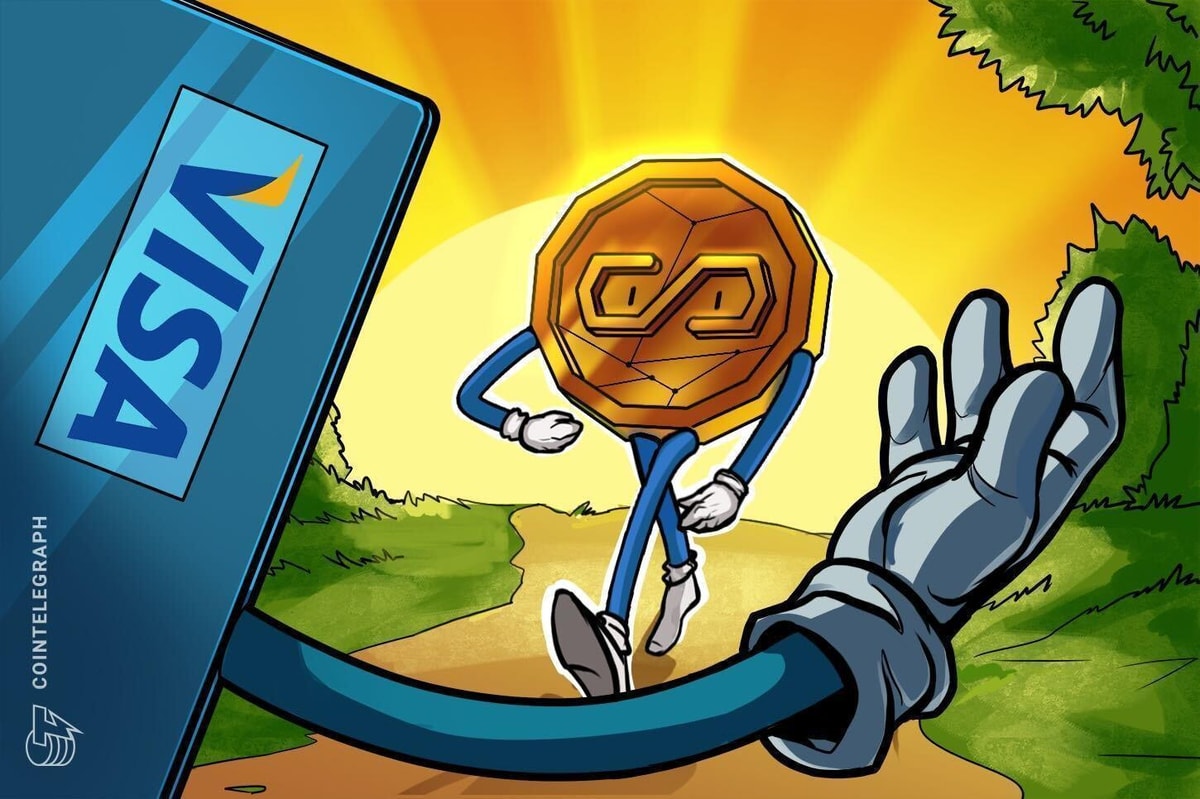In This Article
This article is presented by NREIG.
So you’ve acquired an investment property. You may already be mid-renovation, or you’re just planning out the reno for next year, and the unit is sitting vacant for now.
If your investment situation falls into either category, you need to pay extra attention to it right now as the seasons change. Fall can be a tricky time of year for investors whose properties are currently vacant. As a rule of thumb, an occupied property is a more secure, better-maintained property. Even with all the risks inherent in having tenants, not having any is riskier still—especially during the fall.
We’ll give an overview of the risk factors you need to be aware of—and cover what you can do to better protect your investment during this time of year.
1. Weather-Related Risks
If you live in an area prone to severe storm damage, you already know this. But even if you live in a region that’s not typically affected by severe storms at this time of year, you need to keep a close eye on any storms that may still hit your location as the seasons change. In fact, fall is known for its “second peak” of extreme weather in many parts of the U.S., with hurricanes often hitting the South and tornadoes forming as far north as the Midwest.
What this means is that you may have to deal with unexpected severe weather causing damage to your property. Even a short-lived storm can be enough to make that old tree right next to the house fall over and hit the roof. An unexpectedly heavy rainfall during the fall can overwhelm the gutters and cause the basement to flood.
Temperature Fluctuations
If your investment property is standing vacant and the main water supply has not been shut off, the property is at risk from frozen and burst pipes.
Even if it’s 80 degrees outside this week, there’s no guarantee that in a week or so, nighttime temperatures won’t hit the freezing point. Once that happens, pipes with water still in them are liable to freeze and then burst (water expands as it freezes, putting pressure on the pipes).
This can even happen to homes that are occupied or where hot water is being used (for example, by your renovation crew): If the property is poorly insulated, large temperature fluctuations between daytime and nighttime may be enough for the pipes to freeze.
Water Intrusion
No one at the property to clear leaves from the gutters and drains? Over time, clogged drains will put the unit at risk of flooding, or worse, cause damage to the building’s foundation.
Why is that? Because all that rainwater, when it’s not being properly directed away from the house by the drainage system, pools and saturates the soil directly underneath. That soggy soil expands, pressing against the building’s foundation. Don’t underestimate the power of this expanding soil: It can cause the foundation to crack.
2. Fire Risks
If a vacant property is completely disconnected from a gas and/or electric supply, it is safer than a property left vacant with the gas and electric still on.
Any number of things can go wrong here: If a furnace has faulty wiring, that can catch on fire. A gas leak in the case of the furnace being compromised is extremely dangerous and can lead to a massive gas fire/explosion. A cracked heat exchanger inside the furnace can lead to an internal component igniting. And the list of potential issues goes on.
It is understandable that, as an investor, you might want to keep the heating on to eliminate the chance of frozen pipes and mold. But in that case, you must ensure that the HVAC system is regularly inspected for safety.
Outdoor Fire Hazards
It may seem like fall is not the time to be concerned about wildfires. However, there’s plenty of evidence that the wildfire season is getting longer every year. And although significant wildfires are still unlikely to happen later in the fall, if your property is anywhere near a woodland that experiences summer wildfires and the weather is still hot and dry in early fall, you need to make sure those leaves around the property are gone—they could easily ignite.
You might also like
It’s not all Mother Nature’s fault, either. According to the U.S. Fire Administration, 34% of fires in vacant properties are set intentionally.
The Importance of Tenant Education
Here’s a bit of good news: Having tenants at a property can reduce these risks. But, like everything else, it’s a trade-off: Having tenants at a property increases the possibility of other things going wrong, now with people inside, which is, of course, even worse.
Don’t assume that most people possess common sense. Your perfectly nice tenants might be ignorant about the correct way to use a space heater (and the fact that it can catch nearby flammable materials on fire), or about the fact that the pipes will freeze and burst if they keep the thermostat too low.
3. Vacancy & Renovation Exposures
Here’s a real-life story for you: A tiny leak from a bathroom faucet that wasn’t turned off all the way caused a severe mold infestation at an empty vacation property, to the point where it was in the walls and floors and took months to clean up completely. Problems that are small and easily fixed when someone is there to look after a property can have exponentially huge consequences when the property stands vacant with no one to maintain it.
This doesn’t just go for water damage. A mouse or two can be easily exterminated with timely traps. A population of a few hundred living under the floorboards? That will take a while to tackle.
Likewise, an invasive plant like Japanese knotweed growing next to the house? You can remove it easily while it’s still young, but if it develops a robust root system, you could be in for thousands of dollars in expenses trying to eradicate the weed.
Periodic inspections of any investment property go a very long way toward preventing a small problem from becoming so big that it could ruin your whole investment.
Theft and Vandalism Threats
This problem obviously varies by area, but even remote locations with low crime can be targeted by people desperate enough to break into a vacant property. This is especially a problem when a building is visibly undergoing renovation: Thieves will target it for building supplies, tools, and anything else that might be worth money.
Sadly, you can’t assume that because your area doesn’t experience much crime, a theft definitely will not happen. But you can take measures to prevent it, e.g., installing a decent alarm system or surveillance camera.
Squatters: Prevention is Key
Again, depending on where your investment property is, once someone takes up residence in your vacant property, it may be difficult to remove them, since some areas have squatter’s rights laws. And even in areas that do not have such protections in place, people living in your vacant home, essentially off-grid, means potential damage from a DIY fire (since they won’t be using gas/electric and paying for utilities).
It is much easier and less costly to prevent squatters from establishing themselves at your investment property by having it regularly inspected. Most people won’t try squatting at a place that’s often visited.
Mitigate Risk With a Seasonal Maintenance Checklist
Despite all the potential risks, there’s a lot you, as the property owner, can do to mitigate them. Consider the following steps a mandatory part of your investment property fall maintenance routine:
HVAC & furnace inspections
Chimney/fireplace cleaning
Gutter clearing and roof checks
Tree trimming and yard cleanup
Securing vacant/renovation properties: locks, alarm systems, lights, inspections
Protect Your Investment This Fall
Vacant properties are always more at risk, both from accidental damage and from crime, than those that are occupied. Fall, with its unpredictable and often dramatic weather, exacerbates many of these risks. From water damage to frozen pipes and even fires, the shoulder season between summer and winter can throw a lot at an investor.
Your best bet if you are renovating or have not yet leased your investment home is to have it regularly inspected for any issues. Remember: A problem noticed and fixed in a timely manner will cost you much less than one that’s left unnoticed to fester and potentially eat into your ROIs or, even worse, ruin your investment.
Don’t let this happen to you. Keep a close eye on your investment and maintain it in the same way you would a home that’s occupied.
For added peace of mind, partner with the industry experts at National Real Estate Insurance Group. With coverage built specifically for real estate investment properties, NREIG protects vacant, renovation, and tenant-occupied homes and provides maintenance checklists and other resources to help investors mitigate property risks.

























